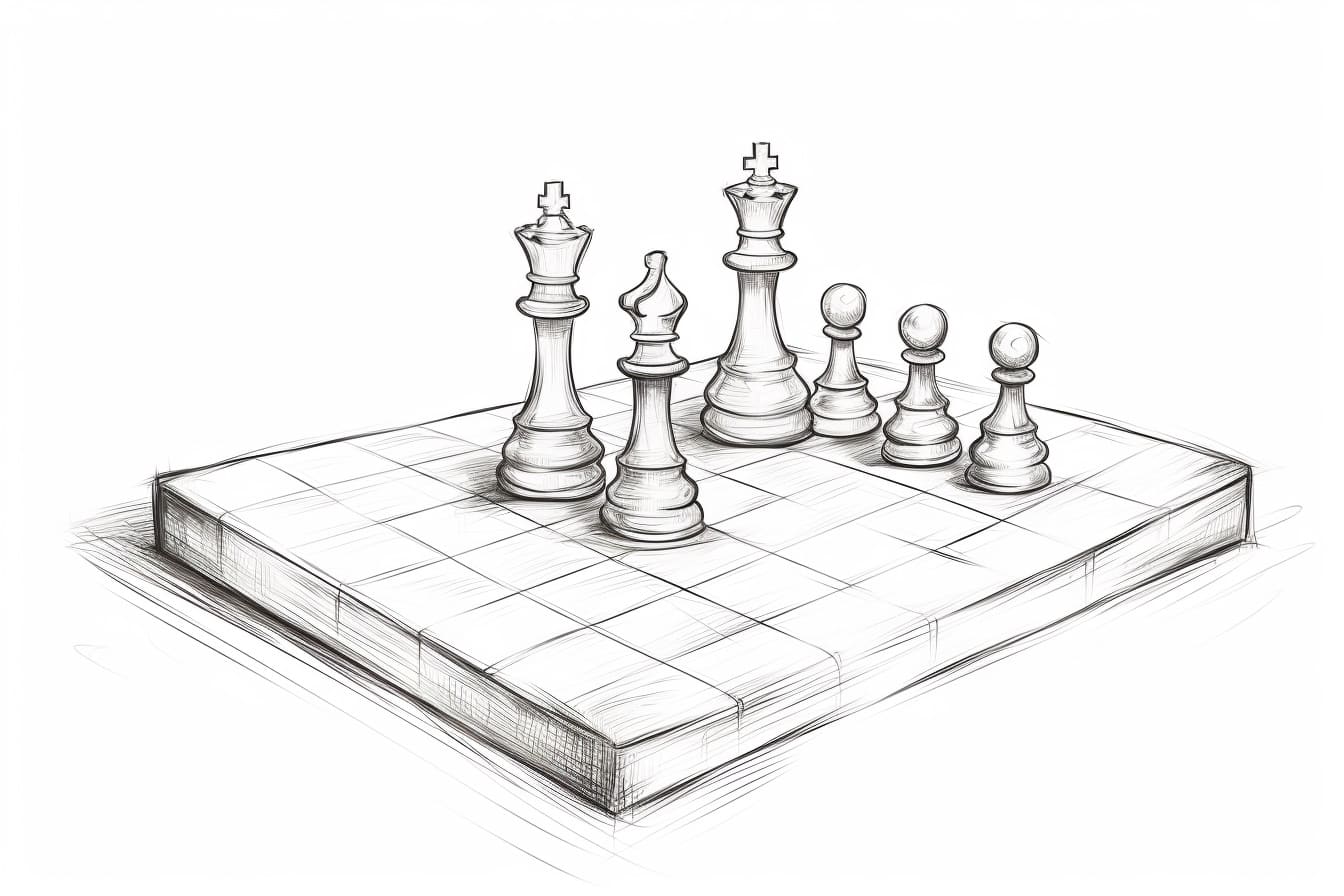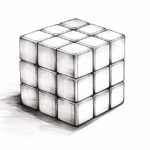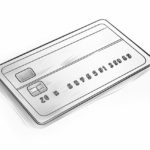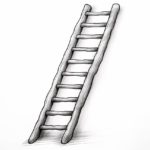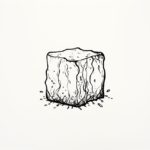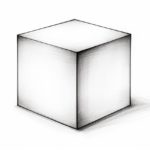Welcome to this step-by-step guide on how to draw a chessboard. Whether you are an aspiring artist, a student, or simply looking for a fun and creative activity, drawing a chessboard can be an enjoyable and rewarding project. With just a few simple materials and some patience, you’ll be able to create a professional-looking chessboard that you can be proud of. So let’s get started!
Materials Required
Before we begin, let’s gather the materials you’ll need for this project. Here’s a list of what you’ll need:
- A piece of paper or drawing board
- A ruler
- Pencil
- Eraser
- Black and white markers, pens, or colored pencils (optional)
Now that you have everything you need, let’s move on to the steps.
Step 1: Draw the Outline
Start by drawing a square on your paper or drawing board. Use the ruler to ensure that all sides of the square are equal in length. The size of the square will determine the size of the chessboard, so make sure it is large enough to accommodate all the squares. Once you have drawn the square, lightly erase any visible lines inside.
Step 2: Divide the Square
With the outline complete, it’s time to divide the square into smaller squares to create the chessboard pattern. Start by using the ruler to draw two horizontal lines across the square, dividing it into three equal parts. Repeat this process with two vertical lines, intersecting the horizontal lines and dividing the square into nine equal parts.
Step 3: Complete the Chessboard Pattern
To create the chessboard pattern, draw diagonal lines connecting the corners of each square. Start from the top left corner of the first square and draw a diagonal line to the bottom right corner. Repeat this process for all the squares in the first row. Then, starting from the top right corner of the first square, draw a diagonal line to the bottom left corner. Repeat this process for all the squares in the first row.
Continue this pattern for the remaining rows until you have completed the entire chessboard. Make sure to use a ruler to keep the lines straight and consistent.
Step 4: Add Details
Now that you have completed the basic chessboard pattern, it’s time to add some details to make it more visually appealing. You can use a black marker, pen, or colored pencil to darken the lines and make them more prominent. Alternatively, you can use a white marker, pen, or colored pencil to highlight the lines and add some contrast. Experiment with different techniques to achieve the desired effect.
Step 5: Final Touches
Once you are satisfied with the chessboard pattern and the added details, take a step back and assess your drawing. Use the eraser to remove any unwanted lines or smudges. Clean up any rough edges or imperfections to give your chessboard a polished and professional look.
Conclusion
Congratulations! You have successfully drawn a chessboard. By following these simple steps, you were able to create a visually striking and accurate representation of a chessboard. Remember to practice and experiment with different techniques to improve your drawing skills. Whether you choose to use markers, pens, or colored pencils, the choice is yours. Have fun with your drawings and enjoy the creative process.
So grab your materials and start drawing your own chessboard today. With a little time and effort, you’ll be amazed at what you can achieve. Happy drawing!

